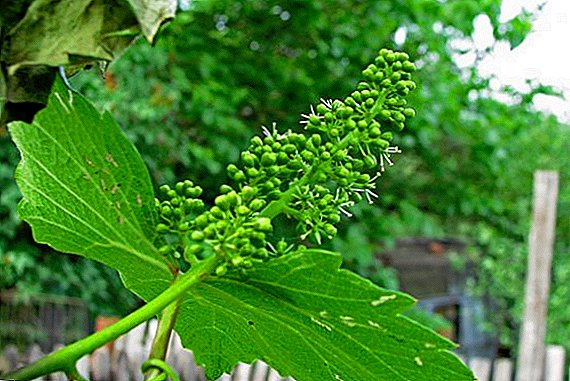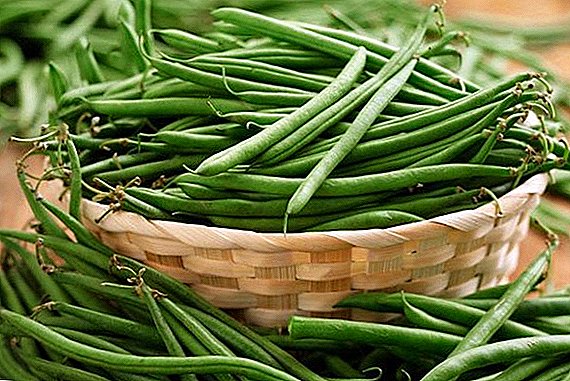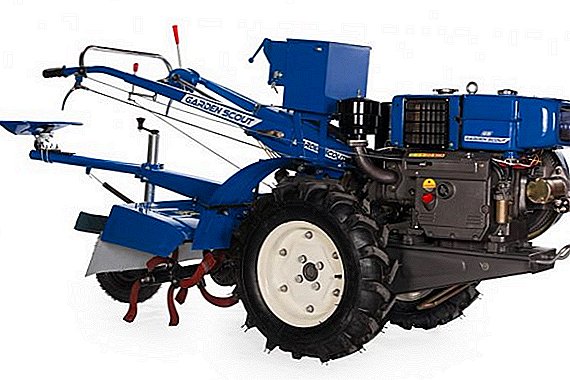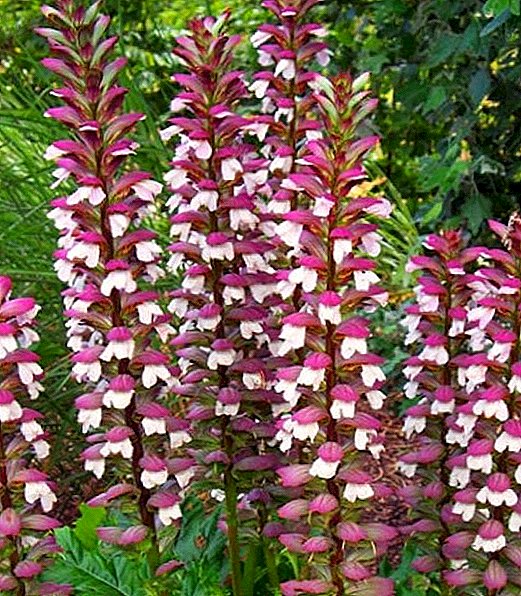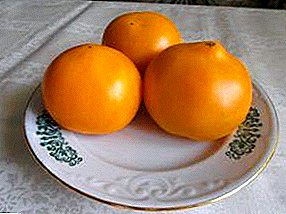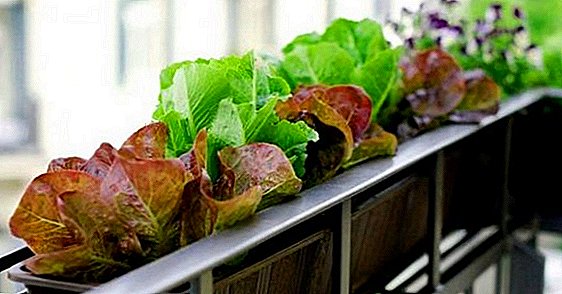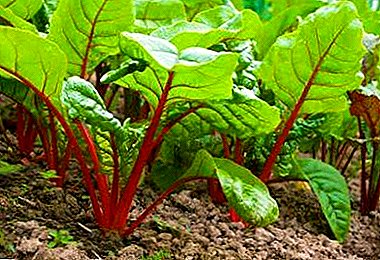
Growing beets has its own characteristics. For the harvest is important each stage of the cultivation of this crop. The article describes them.
Here you will learn about when to plant beets and what sort of this plant to choose. In addition, information is disclosed here about how autumn sowing differs from spring sowing.
This article also provides step-by-step instructions for planting beets, with a description of such information as the preparation of equipment, soil, seeds, and so on. Moreover, it also examines how to deal with diseases and pests of beets.
When to plant a vegetable?
Beets in the open ground can be sown in autumn and spring. The only requirement for spring planting is the temperature of soil warming, it should not be below 10 ° C.
Which grade to choose?
There are many varieties of beets, and further in the text are varieties for different regions. It is only necessary to take into account that beets can be table and fodder.
The choice of species depends on how the vegetable will be used: for food or feeding to cattle. Having defined the type of beets, you can pick up varieties.
Differences from autumn sowing
Differences in autumn sowing consist of the following factors:
- varieties will need to be resistant to cold;
- germinating seeds is not necessary;
- It is important that the seeds and the ground are not wet, otherwise the seeds will germinate in the soil and freeze.
Timing
 Landing time depends on the weather conditions in the region.: for example, if in the south of Russia sowing is possible already at the end of April, then in the Urals or in Siberia - only in May, or even in the beginning of June.
Landing time depends on the weather conditions in the region.: for example, if in the south of Russia sowing is possible already at the end of April, then in the Urals or in Siberia - only in May, or even in the beginning of June.
Learn more about when to plant beets, find out here.
For different regions, varieties have been developed that correspond to the climate.
For Central Russia:
- Crimson ball;
- Egyptian flat;
- Detroit;
- Bohemia.
For Moscow region:
- Pablo F1;
- Mona;
- Nokhovskaya.
Varieties for the Urals:
- Bicores;
- Sub-A-474;
- Lady.
For Northwest:
- Mattress;
- Mulatto;
- Red ice
For Siberia:
- Mondoro F1;
- Masha;
- Milady F1.
For the south of Russia:
- Bordeaux 237;
- Captain;
- Harmony;
- Kuban borschevaya 43.
- crop rotation principles;
- landing dates;
- hand seeder and other species.
Is it possible to immediately land?
Beetroot grows well when sowing seeds immediately in the ground. The timing of germination depends on the air temperature. If the air has warmed up to 20 °, then the sprouts will be propelled already on the fourth day. In case of cool weather (from 5 °), it will take about three weeks to wait.
Step-by-step instructions on how to sow correctly
Training
Inventory
 Ordinary gardening equipment includes a bayonet shovel, a rake, buckets, watering cans, and it prepares for the garden season in advance and not only for sowing beets.
Ordinary gardening equipment includes a bayonet shovel, a rake, buckets, watering cans, and it prepares for the garden season in advance and not only for sowing beets.
It is for beets that you can use a wooden marker, similar to a rake, but intended to draw rows for sowing seeds.
What is convenient marker:
- it is easy to adjust the depth of rows with it, it depends on the force of pressure on the handle of the marker;
- You can change the width between rows from 80 to 100 cm by moving the marker's teeth.
The soil
When choosing a plot for growing beets, it is necessary to take into account the fact that this is a light-loving plant. Even the color saturation of root crops depends on good lighting.
It is important that the soil temperature at sowing should not be lower than 10 degrees: When the land is not warmed up, the roots will form poorly.
To get a good harvest, the soil should be fertilized. Such a composition of fertilizers per 1 square meter is optimal. m:
- 2 kg of humus or compost;
- 14 g of potassium chloride;
- 35 g of superphosphate;
- 19 g of ammonium nitrate.
Then, a ridge with loose soil and with an arable layer of 20-25 cm is made of the earth that has been dug up.
Seeds
For better seed germination, use the following method:
- seeds are sifted to select intact specimens;
- then they are soaked for a day in a solution of wood ash or growth stimulant;
- then washed and dried.
Before sowing, seed quality can be checked and the percentage of germination can be determined. To do this, they are germinated in a damp cloth. The number of germinated seeds will allow you to calculate the percentage of germination.
Beet seeds usually have 80% germinationwhich lasts a long time (within three to five years).
Another method used is vernalization. It takes about two weeks before sowing beets.
What to do:
- seeds, drenched with water in half a glass jar or enamel pan, withstand 32 hours;
- then pour in water from such a calculation that the mass of water and the mass of seeds are equal;
- leave the seeds for three to four days until they swell;
- then the seeds (layer up to 3 cm) placed in the refrigerator for a week.
Embedding process
After which crops will grow well?
 Beetroot is considered to be a demanding crop to soil fertility.. In this regard, it is important that it grew on the site of its future sowing.
Beetroot is considered to be a demanding crop to soil fertility.. In this regard, it is important that it grew on the site of its future sowing.
Beet root is well accustomed and gives an excellent harvest after such crops:
- pepper;
- cucumbers;
- cabbage;
- tomatoes;
- bow;
- potatoes;
- peas (after peas you can grow any plants).
More details about what can be planted after beets, next to the crop and what predecessors are suitable for it, you can find out here.
Depth
Depth of embedding seeds in the soil depends on its type:
- on loose soil - three or four cm;
- on the heavier - two or three cm.
It should be remembered that both the shallow end and the deep are equally undesirable. In the first case, the drying of the seeds is possible, and in the other - slowing their germination.
Scheme
Beet seeds are usually sown in the grooves. Given that the roots are large in size, the distance between the grooves is better to do up to half a meter. In extreme cases - at least 25 cm.
The distance between the shoots should be at least 15 cm, but it is better if it is at least 25 cm.
Grooves should not be made to the very edge of the ridge.so that the rain does not wash the seeds.
Sown seeds can be covered overnight with covering material or film.
Sprout care
Care consists of the following activities:
- Watering. When shoots appear, they should be watered once a week. But if the summer is hot, you can water the sprouts every other day. In the period of growth requires abundant watering. It is important to pour water not on the leaves, but under the roots. About three weeks before harvesting, watering stops.
- Weeding. Weeds must be removed, but when the sprouts are strong, so as not to damage the beet roots.
- Thinning. The seeds of beets, sown in the grooves, give thick shoots and their thinning is necessary. The procedure is performed three times:
- after the appearance of two or three full leaves, making the gap between plants 2-3 cm;
- with the formation of five or seven leaves, leaving between sprouts 4-6 cm;
- in the middle of August - with an interval of 6-8 cm.
- Top dressing. For the formation of root crops and a good harvest, plant nutrition is necessary. Nitrogen-containing fertilizers are applied when leaves start to form. Potassium chloride and superphosphate is required during the formation of root crops. The lack of boron leads to the formation of voids and rotting fruit.
Possible problems and difficulties
 Problems with the cultivation of beets are the most common diseases - fomoz and chalcosporosis, as well as pests:
Problems with the cultivation of beets are the most common diseases - fomoz and chalcosporosis, as well as pests:
- beetles;
- Medvedka;
- nematode;
- beet fly;
- beetroot bug;
- moth miner
Control measures for diseases and pests include:
- crop rotation;
- deep autumn soil digging;
- the use of seeds resistant to diseases characteristic of beets;
- timely and thorough disposal of weeds and plant debris;
- spraying copper plants containing preparations.
When cultivating any vegetable crop, including beets, it is important to follow all the rules of preparation, sowing and care. Knowing and performing them, you can get a great harvest guaranteed.




